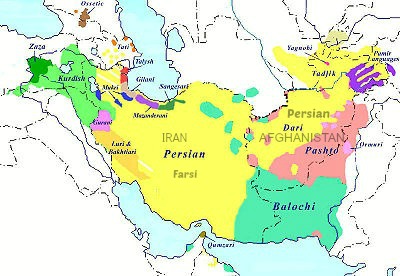As we continue our series of the Four P’s in how to develop curriculum, we are now discussing Purpose.
As discussed in the previous blog post, once you have clearly evaluated your current program, the way is paved to define a set of concrete objectives. These will be the cornerstone of your curriculum, helping to streamline and inform countless decisions. Referencing and adhering to predetermined objectives will result in a clearly measurable and effective final curriculum.

LOOKING BACK
Before going forward with a new curriculum, look to your organization’s past. Did the past curriculum fall short, meet, or exceed your expectations? Realistically assessing success or failure will help you tailor current expectations to a clear set of relevant and attainable objectives. Expectations that are too low could patronize students, while too-high expectations will unduly frustrate.
LOOKING FORWARD
Consider the professional and educational goals that you will expect students to reach by the end of the course when deciding on the objectives of your curriculum,
How will you expect students to use the language?
The students’ future responsibilities will dictate how you design the curriculum. For example, the type and level of proficiency that students need to achieve. Consider the jobs, assignments, missions, and tasks that students will perform in the target language.
In what contexts will the students be using the language?
Potential contexts might include academic, professional, governmental, personal, and military settings. Consider the linguistic backgrounds and expectations your students will interact with using the target language.
While you don’t want to necessarily “teach to the test,” it’s important to know what method will be used for assessing students’ proficiency. These tests will serve as a way to plainly discern the success of your curriculum. For example, the Oral Proficiency Interview is a widely recognized speaking exam that would measure speaking proficiency, while the Defense Language Proficiency Test is a multiple-choice exam that would better assess the success of a course aimed at reading and listening proficiency. If the success of the course does not correlate with students’ test scores, your organization should certainly define an alternative rubric.




